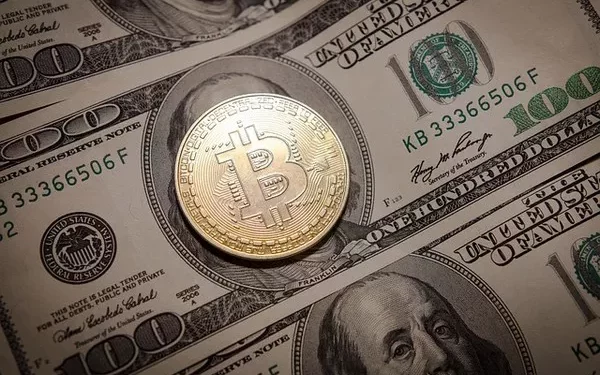The recent Bitcoin halving in April has dramatically altered the profitability landscape for solo miners around the globe, particularly as eight countries with inexpensive electricity have moved to ban Bitcoin mining altogether.
Once a lucrative endeavor for early adopters, mining Bitcoin has become increasingly challenging since the halving, according to a September study by NFT Evening. In Ireland, for instance, the cost to mine a single Bitcoin has skyrocketed to approximately $321,112, while in Iran, it’s around $1,324. U.S. miners have also faced significant losses, operating at a 50% deficit when Bitcoin’s price dipped to $57,909 last month. This is particularly striking given that the U.S. is one of the largest Bitcoin mining hubs worldwide.
Bitcoin operates on a proof-of-work consensus model established by its pseudonymous creator, Satoshi Nakamoto. This framework requires network participants to dedicate substantial computing power to solve intricate mathematical problems in order to earn block rewards, which are issued in Bitcoin. These rewards facilitate the introduction of new tokens into circulation until the maximum supply of 21 million Bitcoins is reached.
Global Mining Costs Post-Halving
The energy costs associated with Bitcoin mining have risen significantly following the halving, according to findings from NFT Evening. Interestingly, Bitcoin mining remains notably profitable in countries where the cryptocurrency has been outlawed. Over 20 Asian countries, including China, which has taken a firm stance against Bitcoin, offer energy pricing structures conducive to mining. Additionally, several African nations—such as Ethiopia, Sudan, and Libya—provide competitive electricity rates, making them appealing locations for both solo and institutional miners.
Conversely, soaring energy prices in parts of Europe have exacerbated the barriers to entry for Bitcoin mining. The NFT Evening report indicates that in Germany and the U.K., the cost to mine a single Bitcoin could be up to five times its market value.
The halving, which occurs every four years, fundamentally reshapes the $2 billion Bitcoin mining industry. Nakamoto’s design intentionally increases the difficulty of introducing new Bitcoins into circulation, halving the rewards for mining each block. Consequently, miners receive fewer tokens for maintaining energy-intensive operations.
As a result of these changes, miners are increasingly seeking out low-energy countries to remain viable, with the threat of legal repercussions looming in nations like China. Institutional miners are not immune to these shifts; for example, shortly after the halving in May, Bitcoin miner Stronghold considered selling its business as companies adjusted their operations to adapt. In a related move, rival firm Bitfarms has reportedly sought to acquire Stronghold to consolidate its mining capacity.
Related topics:
Hamster Kombat Token: Assessing the Value Behind the Buzz
Bitcoin Hits $65K as $5.8B Options Expiry Approaches
Pi Network Eyes Strategic Business Alliances Ahead of Open Network Launch

















